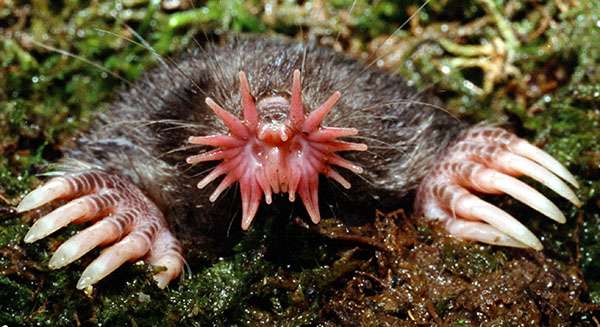-
Flight: Bats are the only mammals capable of sustained flight. Their wings are modified forelimbs with elongated fingers covered by a thin membrane of skin. This adaptation allows them to navigate through the air with impressive agility.
-
Echolocation: Many bats use echolocation, a sophisticated biological sonar system, to navigate and locate prey in complete darkness. They emit high-frequency sound waves and listen to the echoes that bounce back, allowing them to build a mental map of their surroundings.

-
Nocturnal Behavior: The majority of bats are nocturnal, meaning they are active during the night. This behavior helps them avoid competition with birds and other daytime-active animals for resources.
-
Diverse Diets: Bats have diverse diets that can include insects, fruits, nectar, small mammals, and even blood (hematophagy) in the case of vampire bats. This dietary diversity makes them ecologically important as pollinators, seed dispersers, and insect controllers.
-
Roosting Habits: Bats exhibit various roosting behaviors. Some bats roost in caves, while others use trees, buildings, or other structures. Some species are solitary, while others form large colonies. Bats also have different methods of hanging or perching upside down when roosting.
Relatedd: Top 10 animals that sleep the least in the world -
Longevity and Reproductive Strategies: Bats tend to have longer lifespans relative to their body size compared to other mammals. They also have unique reproductive strategies, such as delayed fertilization and extended parental care. Some species give birth to only one offspring per year, and the young are cared for by the mother for an extended period.
-
Variety of Sizes: Bats come in various sizes, from the tiny bumblebee bat (the world's smallest mammal) to larger fruit bats with wingspans of up to 5 or 6 feet. This diversity allows bats to occupy a wide range of ecological niches.
-
Thermoregulation: Bats are capable of thermoregulation, allowing them to control their body temperature. Some species are able to enter a state of torpor, lowering their metabolic rate and conserving energy during periods of inactivity or unfavorable environmental conditions.
These unique features contribute to the ecological importance of bats in various ecosystems, making them fascinating and important contributors to biodiversity.



















